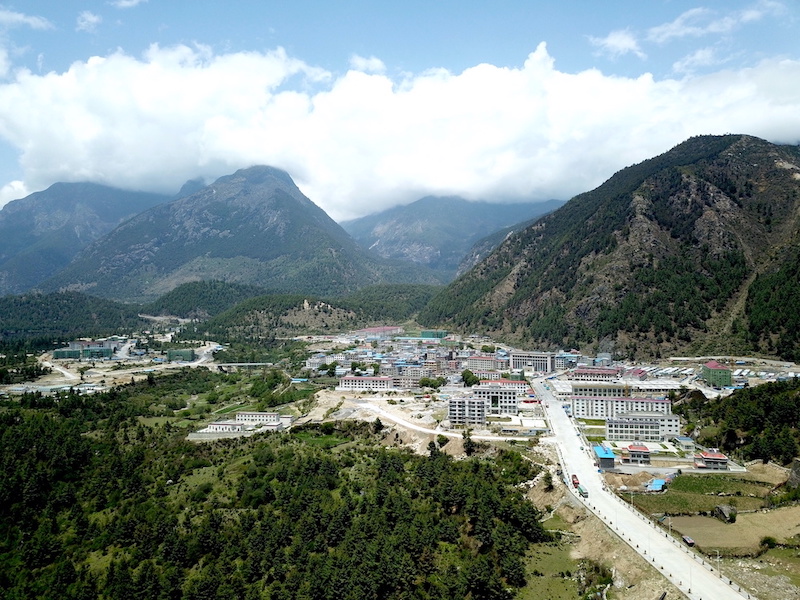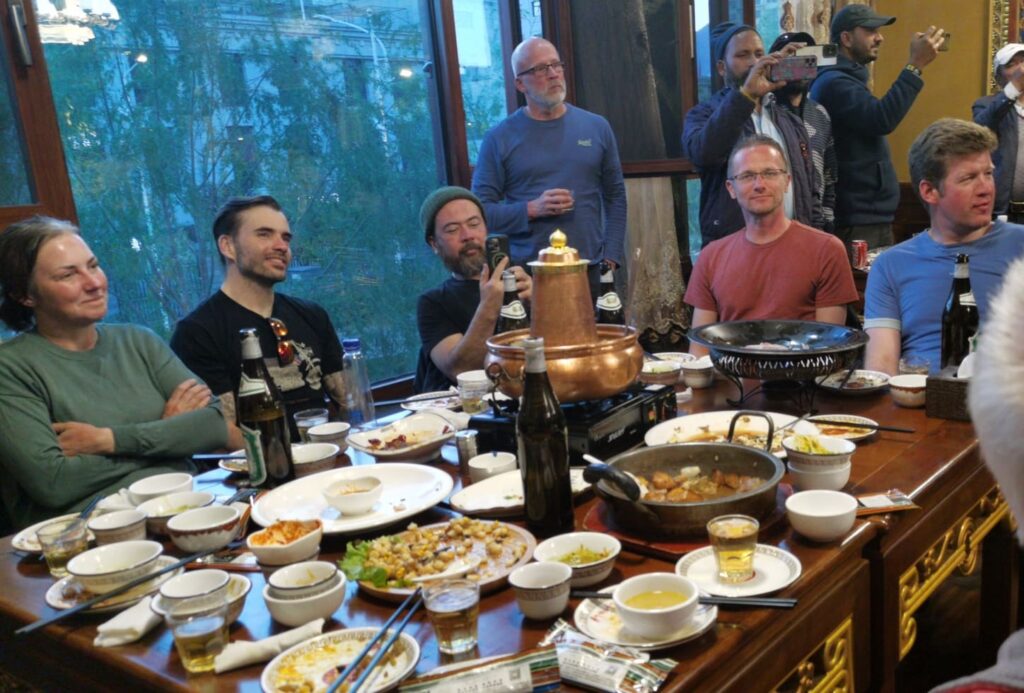Embarking on an overland trip from Nepal to Tibet is an adventure that offers an unparalleled blend of breathtaking landscapes, ancient cultures, and spiritual awakening. This journey, traversing the rugged terrains of the Himalayas, is not just a travel experience but a voyage into the heart of two of the world’s most mystical regions. In this blog post, we will explore the essence of this unique journey, offering insights, tips, and a glimpse into the soul-stirring experiences that await.

The Gateway: Kathmandu, Nepal
Our journey begins in Kathmandu, the vibrant capital of Nepal, teeming with historical landmarks, bustling markets, and a pulsating cultural life. Before embarking on the trip to Tibet, it’s essential to soak in the rich heritage of Kathmandu Valley, home to seven UNESCO World Heritage sites, including the famous Swayambhunath Stupa and the historic Durbar Squares. This city serves not only as a starting point but as an initial immersion into the Himalayan culture.
Preparing for the Journey
An overland trip to Tibet requires meticulous planning. The first step is obtaining the necessary travel documents, including a Chinese visa and a Tibet Travel Permit, which can be arranged through a registered travel agency. It’s crucial to also prepare for the high altitudes and remote terrains by packing appropriately – warm clothing, sun protection, and altitude sickness medication are must-haves.
The Route to the Roof of the World
The journey from Kathmandu to Tibet is often undertaken via the Friendship Highway, a scenic route that stretches over 800 kilometers, connecting Nepal with Lhasa, the capital of Tibet. This route is not just a road; it’s a passage through time and elevation, offering awe-inspiring vistas of some of the highest peaks in the world, including Mount Everest.
Crossing the Border: Rasuwagadhi to Kyirong
The crossing from Nepal into Tibet marks a significant transition in the journey. The recent opening of the Rasuwagadhi-Kyirong border has made the overland trip more accessible. As travelers cross the Resuo Bridge into Kyirong, they step into a world where the air is thinner, and the landscapes are dominated by the stark beauty of the Tibetan Plateau.


The High Plateau: Journey through Tibetan Landscapes
Traveling through Tibet is like moving through a painting, with each turn revealing landscapes that are profoundly beautiful and serene. The route is dotted with turquoise lakes, vast grasslands, and monasteries perched on hilltops. Places like Lake Yamdrok, one of the three holy lakes in Tibet, offer tranquil spots for reflection amidst stunning natural beauty.
Cultural Immersion: Monasteries and Mountain Passes
The journey is also a deep dive into Tibetan Buddhism, with visits to iconic monasteries such as Tashilhunpo in Shigatse, the seat of the Panchen Lama, and the ancient Sakya Monastery, known for its collection of Tibetan religious scriptures. Crossing high mountain passes like Gyatso La, adorned with colorful prayer flags, provides a moment to ponder the spiritual essence of this land.
Lhasa: The Heart of Tibet
Arriving in Lhasa is a highlight of the journey, with the Potala Palace, the former residence of the Dalai Lamas, standing as a magnificent testament to Tibetan architecture and spirituality. Exploring the Jokhang Temple, bustling Barkhor Street, and the monastic institutions of Drepung and Sera offers a deeper understanding of Tibetan culture and religion.
Responsible Travel: Preserving the Sacred
Traveling through such pristine environments and ancient cultures carries with it the responsibility of preserving the sanctity and beauty of the region. It’s crucial to practice responsible tourism by minimizing environmental impact, respecting local customs, and supporting local communities.


Preparing for the Return
As the journey concludes, the return trip offers a time for reflection on the profound experiences and the connections made with the land and its people. The journey back to Kathmandu can be a reverse traverse through the same route, offering a chance to revisit the landscapes with a new perspective shaped by the journey.
Conclusion
An overland trip from Nepal to Tibet is more than just a travel experience; it’s a pilgrimage through some of the most sacred and stunning landscapes on Earth. It’s a journey that challenges the body, stimulates the mind, and nourishes the soul. For those willing to embark on this adventure, it promises to be an unforgettable voyage into the heart of the Himalayas, leaving an indelible mark on the spirit of every traveler.
Remember, the essence of this journey lies not just in the destinations but in the journey itself – every mile traveled, every landscape admired, and every interaction with the locals contributes to the tapestry of this once-in-a-lifetime adventure.


